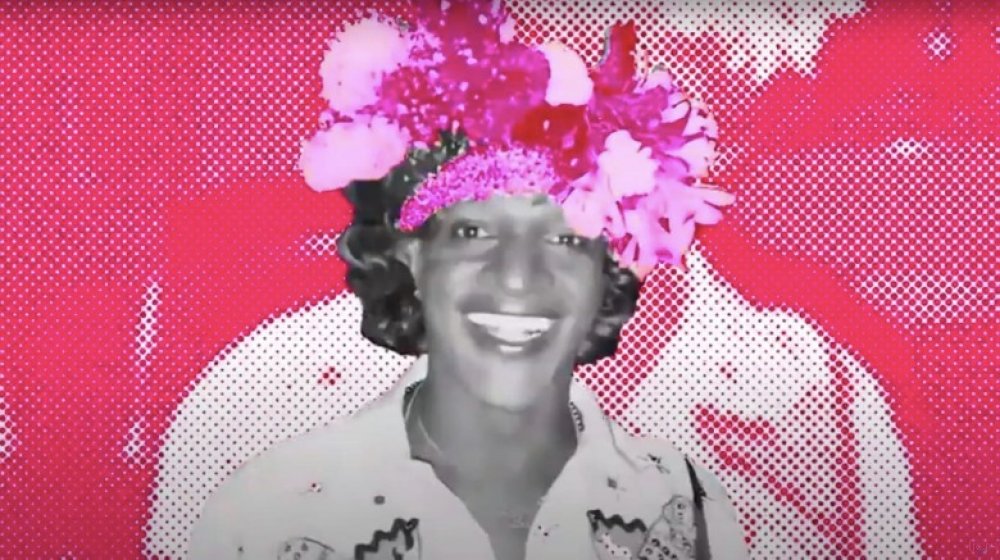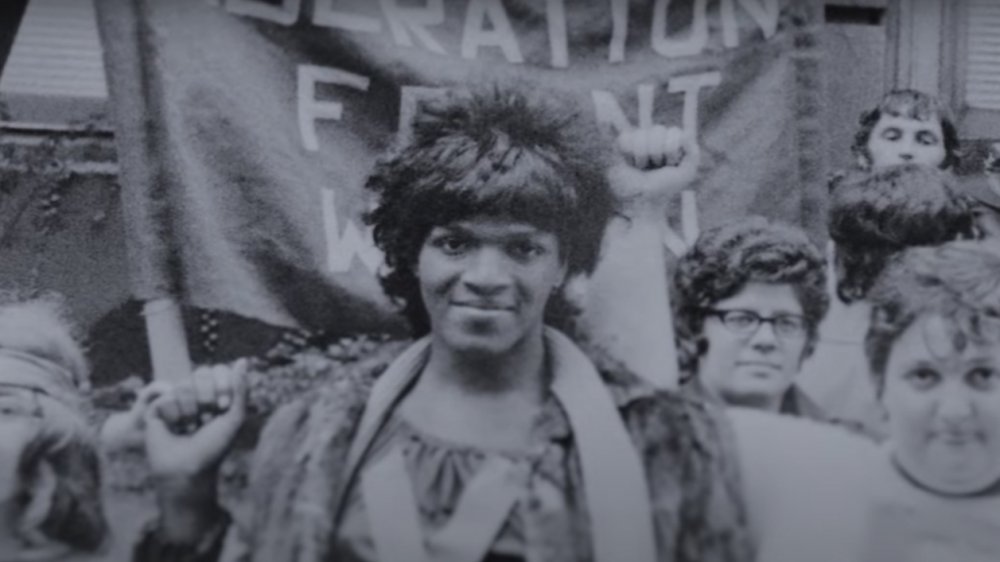The Tragic Death Of Marsha P. Johnson
Malcolm Michaels Jr. arrived in New York City from Elizabeth, New Jersey, with a bag of clothes and $15 to begin a new life as Marsha P. Johnson. A fresh start as a gender-nonconformist not only meant growing into an understanding of herself, but also those like her, their rights, and their responsibilities in a society that not only judged, but judged harshly. It meant taking stands, and it meant speaking out, and it meant living a life that was authentic, on her own terms, as her own person. As she advised her nephew, Al Michaels, "Don't let anybody tell you what to do, be who you want to be." Perhaps that's why she regularly told people the P. in her name stood for "pay it no mind," according to CNN.
Easier said than done for a person of color and gender fluidity in America in the early 1960s. She supported herself for a time as a sex worker, and embraced her identity as a drag queen, performing with the group Hot Peaches, as Biography reports. "Transgender" was an uncommon term in those days; she identified as transvestite, gay, and used "she/her" pronouns. Further, she became known as a "drag mother," a prominent member of the LGBTQ community who helped homeless and struggling LGBTQ youth.
Marsha 'Pay it no mind' Johnson
Johnson was one of the seminal figures in the Stonewall Riots of June 1969 in Greenwich Village. The Stonewall Inn was a gathering place for the sexually non-conforming. A police raid resulted in arrests and public handcuffing, and the LGBTQ community had had enough. Days of uprising followed, and many identified Johnson as one of those instigating the pushback against discrimination. Johnson and her friend Sylvia Rivera went on to establish STAR — Street Transvestite Action Revolutionaries — a group working to provide support, including shelter, for transgender youth, even as she herself suffered from struggles with mental illness requiring hospitalizations, according to British Vogue.
She performed, she demonstrated, she spoke up and spoke out, and even modeled for Andy Warhol. Hers was a passionate life of expanding boundaries, both personal and societal. Hers was a life cut short. On July 6, 1992, Johnson's lifeless body was pulled from New York's Hudson River. The police classified it a suicide. None of her friends accepted that. A monument to Johnson and Rivera is scheduled to be unveiled in New York City in 2021. Smithsonian reports that New York City characterizes the monument as the "first permanent, public artwork recognizing transgender women in the world."

